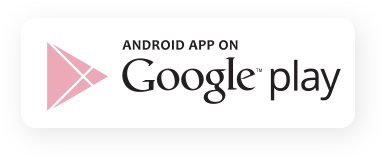There is often confusion for Horizon 2020 & Horizon Europe applicants about the difference between communication and dissemination. There are many differences between a communication strategy and a dissemination strategy. While communication focuses on the project as well as results, dissemination is about results only. Here we present an overview of the various aspects and why they are important.
Communication strategy
The communication strategy aims at laying the foundation for a regular flow of information within the partners, and the use of highly established networks as well as engaging stakeholders in order to initiate and strengthen the community.
Communication is also the driving of action by providing specifically tailored information to a particular audience, in a strategic and effective way to encourage the audience to engage in two-way communication wherever possible. The main objective is to bring researchers and citizens closer together so that citizens are informed about the progress being made. They need to be aware of the benefits and how they can profit from these benefits in their daily lives.
To increase their knowledge, their interest must be aroused. Using simple language, innovative and creative ideas, the audience is made aware of their added value resulting from the research. Communication is about the project itself, the research and the results that everyone can understand. The perfect project communication should be easy to understand and addressed to people beyond the original target audience. Moreover, a communication strategy should be implemented right from the beginning of the project, unlike a publication strategy where the results are disseminated at the end. The best way not to lose sight of your goal is to design an extra work package for project communication and dissemination.
Article 38 of the European Commission states that grant recipients must publish and promote the results of research by addressing targeted information to specific audiences. This should be done strategically well and effectively and results in a two-way conversation between researchers and citizens.
To sum it all up, project communication should be effective, proportional to the target audience and the research project.
Dissemination strategy
Dissemination on the other hand, is the publication of research results with potential end-users of these results, such as decision-makers, relevant economic actors and others. The European Commission’s Article 29 states that the simple publication of research results is not sufficient. In this regard, communication cannot replace the dissemination strategy. Both measures must be coordinated with each other. Dissemination activities should be thought through all work packages to ensure accessibility and maximum impact.
Dissemination strategies should be executed in such a way that multiple audiences can be addressed. These include, for example:
- Decision-makers: European Commission, regional organisations, national governments and parliaments, and leaders of research and education institutions.
- Research and education community: national scientific organisations, research and education institutions
- Private sector: private research organisations, business associations, small, medium and large companies, groups
- Other: End users, citizens, students, families, patients
- Related projects: H2020 projects, ICT, EU-America cooperation projects.
In order to communicate the results and key messages to the audience, many tools can be used, such as: Project websites, user forums, social media, project events and other relevant events.




